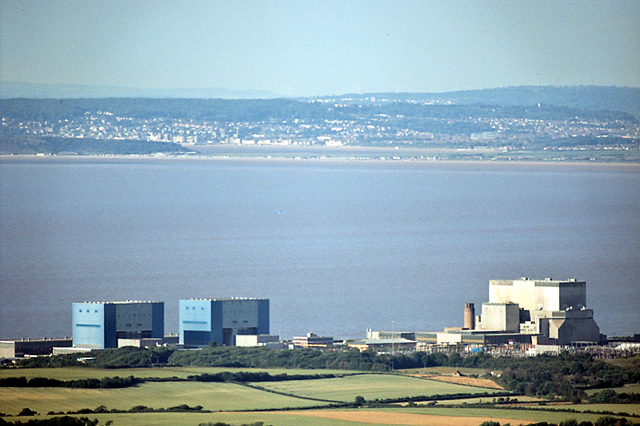It will cost billions to build, the technology isn’t sound and there are cheaper, safer alternatives yet we’re still going ahead with Hinkley point C.
The government has given the go-ahead for Hinkley Point C, the first nuclear reactor to be built in the UK for 25 years. It will generate 25,000 jobs during its construction and 900 people will be working on the site once it’s complete. The plant will provide 6 billion homes with low-carbon energy and will account for 7% of the electricity produced in Britain. At the heart of this construction will be two European Pressure Reactors (EPRs) designed by the French company Areva. These reactors will be the most powerful in the world, requiring less fuel and generating less waste than other nuclear reactors. They will also be the safest, being able to withstand a plane crash, earthquakes and extreme flooding. In addition to all this the reactors will rarely have to be stopped for maintenance and should work almost continuously through their 60 year lifespan.
If you’re thinking all this sounds to good to be true, then you’re right – these reactors are essentially mythical. EPRs being assembled in Flamanville, France and Olikiluoto, an island off Finland, are years behind schedule and billions over budget. They’ve also faced several construction problems, most crucially a weakness in the steel liner which is supposed to stop radioactive materials being released into the environment. On top of this, Hinkley will add 80% more nuclear waste to the UK total and there is still no ideal solution for disposing of this waste.
If you’re thinking all this sounds to good to be true, then you’re right – these reactors are essentially mythical
But these construction issues are hardly the biggest problem; instead it’s the cost we are paying for this imperfect design. The upfront costs for building Hinkley Point C are predicted to be £18 billion, 60% of this will be paid for by UK firms and the rest will come from EDF energy and China General Nuclear Power Corporation (CGN). In exchange for footing the bill on what may be the most expensive object on earth, China will be allowed to develop two more reactors in Bradwell and Sizewell, in addition to a guaranteed 10% return on their investment. The deal with EDF is perhaps even worse; they’ve arranged a guaranteed price of £92.50 per Mega Watt hour (MWh) for the energy generated by Hinkley (for reference, the average family uses between 3-4 MWh of electricity per year). If the wholesale price of the energy is lower than this then consumers will have to make up the difference. This ‘top-up’ fee is predicted to cost UK taxpayers a total of £29.7 billion, in more realistic terms that’s about £15 per household per year.
It seems nuclear power is no longer the most cost-competitive method of producing low carbon energy, in fact Danish renewables company Dong will be building an offshore windfarm that can provide power for £20 cheaper per MWh than the stuff Hinkley is selling. It is concerning that while other European countries are turning their backs on nuclear and investing in renewables, the UK is pouring billions into Hinkley and cutting subsidies for renewables, resulting in more than 12,000 jobs in solar power being lost in the past year.
Perhaps the only way to make sense of this illogical decision is that it’s simply too late to turn back – £2.5 billion has already been invested in the project, what’s £18 billion more?
IMAGE: Geograph



